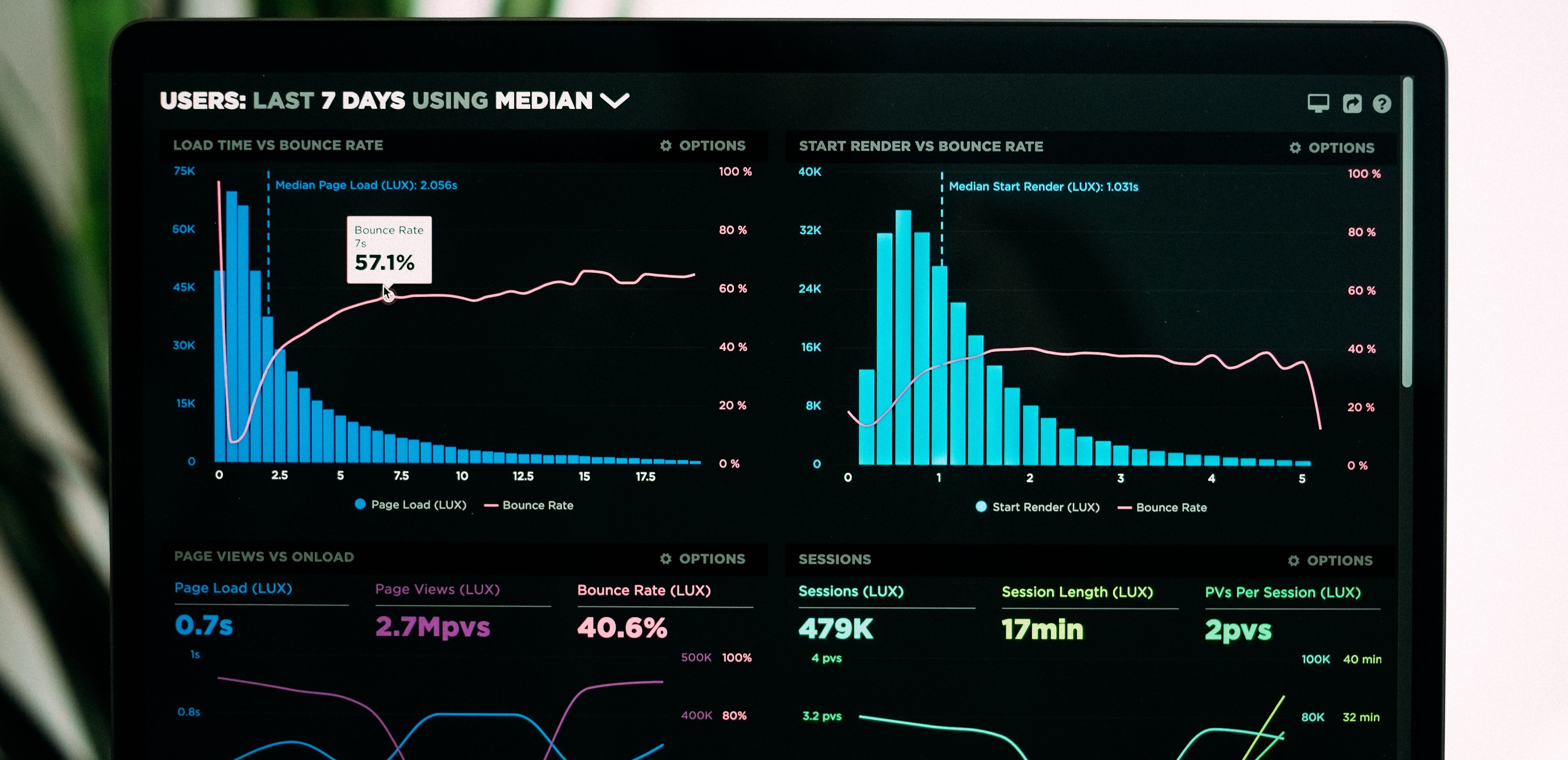


What I Learned Building a Hiring Machine at Blue Apron
When I first joined NextView, I was immediately drawn the talent pillar of our Platform. Hiring great talent (and doing it efficiently) is something most companies struggle to master, and it’s even more challenging for seed-stage companies.
While I was Head of Product at Blue Apron, I saw first-hand how important it is to build a well-oiled recruiting machine that efficiently and consistently brings in top talent. In two years, I had to hire 30+ people across multiple functions (product management, product design, and analytics/data science) and seniority levels (individual contributors to Director+).
I’ll be honest: At first, recruiting was incredibly difficult. For the first six months, I had to run recruiting on my own as our in-house recruiting team was nascent and short-staffed. Every weekend, I spent 6+ hours trolling LinkedIn and messaging potential candidates. And every Monday morning, I still felt like I was drowning in the process.
Then, one late night in the office, I mentioned to my colleague Kristen (who had just joined Blue Apron a month prior) how grueling it had been trying to keep up with the hiring needs. She was no stranger to how difficult this could be. Before Blue Apron, she built out the tech and corporate recruiting teams at places like Uber, Vine, and Yammer. So she and her team jumped in to help me build out a recruiting machine that could handle the growing talent need of my department.
Building this machine changed everything. Long gone were the meandering LinkedIn searches, and in their place was a focused recruiting process that helped us quickly and effectively find top talent.
So when I joined NextView, I saw how helpful this process and know-how could be for our portfolio companies. This is why I’m thrilled to share that Kristen is partnering with me again to build out a new hiring bootcamp for our portfolio companies. You can read more about the new talent offering on our blog.
As we put the new talent program together, I reflected back on this all-consuming, yet rewarding, journey at Blue Apron, and there were many lessons learned that could be helpful to founders both in and out of our portfolio. Here’s what I learned building out a recruiting machine.
Embrace an “Always Be Hiring” Mentality
As a leader of a team/function/department/company, one of the most important things you can do is to consistently spend time building your talent pipeline.
The reality is, by the time you finally decide you need to open a role for X and get the job description ready, you’re already 3 weeks behind. And from there, it’ll take another 2–3 weeks to fill your recruiting funnel with quality candidates. Five weeks after the need first emerges, you still haven’t interviewed anyone!
Having an ABH mentality is hard — it’s much easier to focus on only the urgent matters — but you must push yourself to think 6–12 months out at all times. What are the key talent gaps in my org that might emerge soon?
Always have a prioritized running list of roles and direct your energy accordingly. For example, if you know you’d need a senior design leader in the next 12 months, spend time now to learn about design culture at various companies, gather intel on who others respect in the community, and reach out to start building relationship and selling (subtly) about the potential future opportunity.
Stop Doing the Work
When I was at Blue Apron I felt like I was constantly drowning. Both my job scope and the company were growing rapidly, which meant the output expected out of me (and by extension my team) was pretty much growing logarithmically. Everything felt that they needed my attention and input, but it was obvious that I did not have the bandwidth for even half of them — even if I cloned myself.
It‘s extremely tempting to direct every ounce of your energy towards these seemingly important work streams, but the only strategy to dig yourself out of the hole is to spend your time recruiting.
Building out your future team is the only way to scale your time to meet the long-term needs of the business.
Until then, you have to find efficiency and leverage in the near-term — prioritize, say no, and spend time on the highest-leverage recruiting activities so you can get talent in the door fast.
Make Hiring Top Talent Everyone’s Priority
Teamwork is a key ingredient to many endeavors in growing a company, and hiring great talent is no exception. A high-performing recruiting machine requires time commitment and thoughtful execution from a large group of stakeholders — referral sources/employees, the hiring manager, recruiting team, and the interview team (which usually includes multiple employees and senior leaders at the company).
It’s extremely important to create a culture that bringing in top talent is mission critical. Hiring great talent should be everyone’s responsibility — not just the hiring manager’s or recruiting team’s problem. Your employees and senior leaders alike should see spending time referring and interviewing candidates a priority, not something that takes them away from other “important” work.
Run Your Recruiting Process Like a Marketing Funnel
One realization I had after managing my own recruiting process is that the recruiting funnel is just like a marketing funnel. To optimize the process (and thus the output), you need to have a good grasp of the data.
What types of data and tactics am I talking about here? Here are a few examples:
- Candidate sources attribution.Where do our successful hires come from?
- Cold-outreach efficiency by template and by outreach author.What InMail templates work best? Is there a difference in response rate based on whether a recruiter vs. a hiring manager sends the InMail?
- Conversion rate of outreach > phone screen > in-person first round interview. Then you can work backwards from your in-person interviews and set weekly goals on sourcing volume.
- Average time from phone screen to offer (for a given role).Knowing the historical benchmark on lead time for a given role can help you prioritize recruiting effort across multiple open roles.
Get Rid of Your Recruiting Process Waste
Once you have data insights into your recruiting process, you will likely observe waste in many parts of the process — from the extra cycles of off-target candidates going through phone screens without profile recalibration between hiring manager and the recruiting team, to time elapsed between interview and debrief because everyone is “busy.”
An extra few days here and there might not seem like a big deal, but they quickly add up. The most sought-after candidates have options, and they will not wait around for you to get your act together.
When you’re drowning, any additional minute you have to wait until an employee’s start date will cause you pain. Building out a recruiting engine eliminates the waste, helping you get better candidates in the door faster to alleviate that pain.





